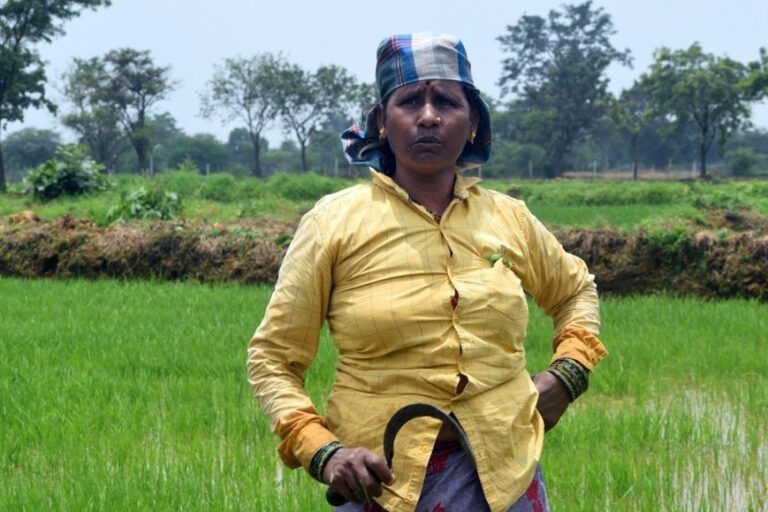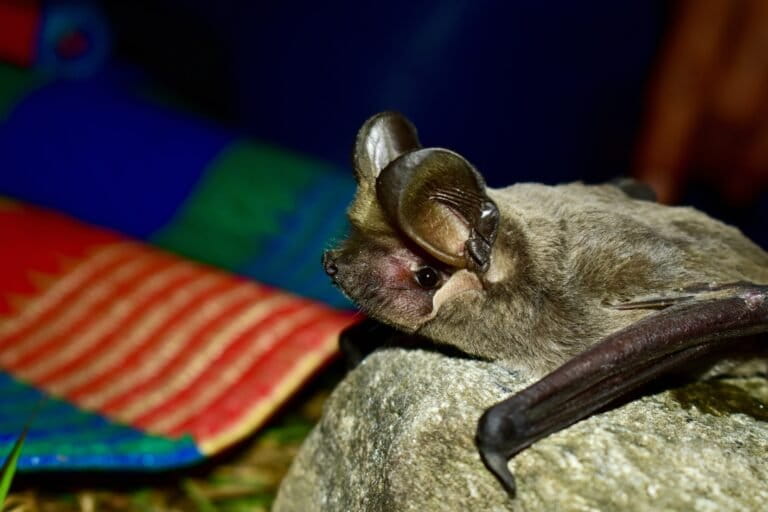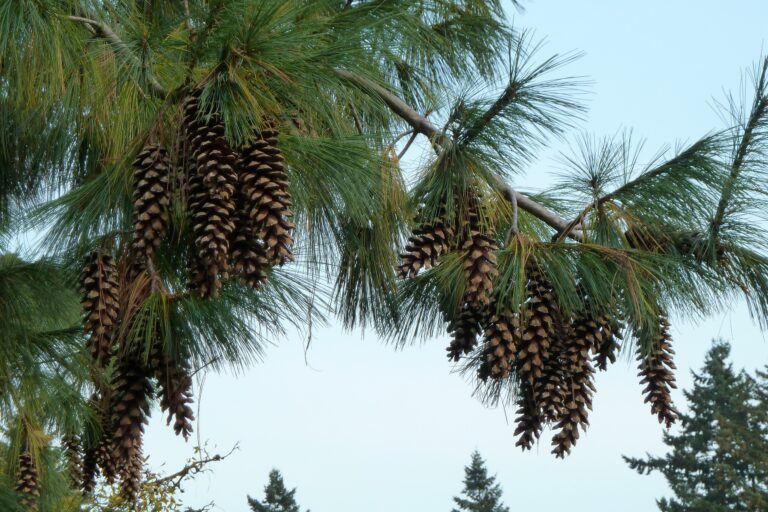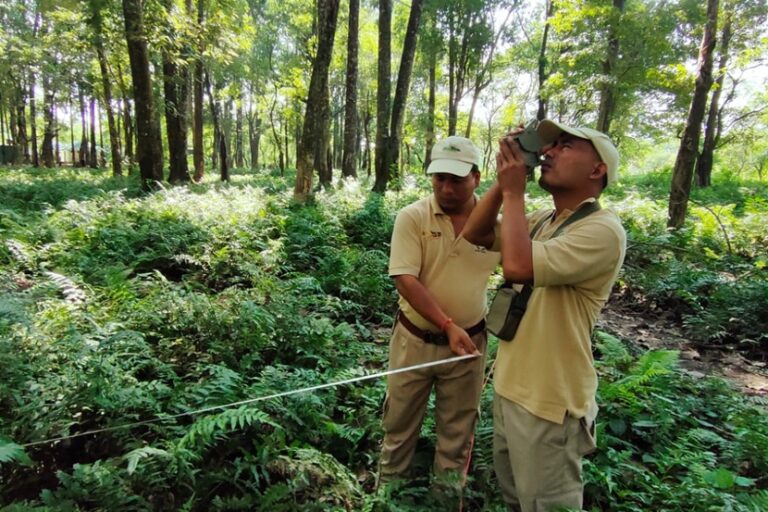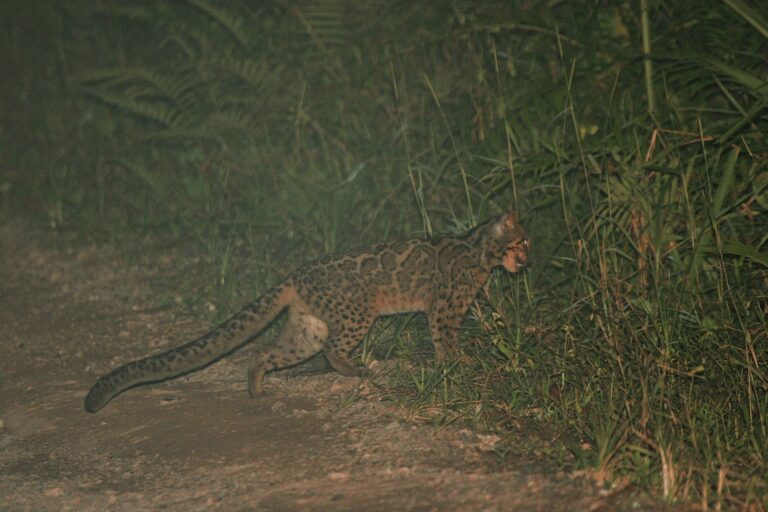- A new study examining research on storks worldwide uncovered biases in species coverage and geographical focus, with more focus on Europe and North America as compared to Asia and Africa.
- Study authors find several gaps in the IUCN Red List classification process, including a lack of knowledge on habitat changes and anthropogenic pressures, inaccurate population counts and so on.
- While all 20 stork species are included in the IUCN Red List, an analysis of studies published between 1950 and 2022 revealed a concentration of research on only three.
- Research in Asia shows that storks are not limited to protected areas and are increasingly utilising farmlands and semi-urban areas. However, colonial presumptions about ideal bird habitats hinder research in anthropogenic landscapes.
A new study highlights the sparse understanding of stork species around the world and recommends a more robust scientific assessment of storks in the International Union for Conservation of Nature (IUCN) Red List of Threatened Species. A review of 989 research studies, published between 1950 and 2022, revealed a significant bias in the species studied, as well as the geographical locations of research. Despite Asia and Africa harbouring a higher number of species, most research (53.8%) on storks has emerged from Europe and the United States of America.
The study also found significant gaps in themes of research, with breeding ecology being the most studied area while population and behaviour ecology were understudied. Of the 20 extant stork species, all of which are included in the IUCN Red List, most research has been carried out on the breeding ecology of the white stork, black stork and wood stork.
Geographical and species unevenness
The study authors pointed out current gaps in knowledge about storks, particularly tropical stork species from Africa, Asia and South America. In the study, they aimed to highlight that status assessments of storks should be backed by comprehensive data. “Agricultural and unprotected landscapes are largely ignored by researchers in Africa, as there is a preference for conducting research in national parks, where abundant wildlife and picturesque environments are found,” shared Jonah Gula, the first author of the study.

K.S. Gopi Sundar, co-chair, IUCN Stork, Ibis and Spoonbill Specialist Group, and co-author of the study shared that Asia and Africa are particularly suffering from data gaps and biases on account of being resource-poor regions. Moreover, he emphasised a lack of informed decision-making on where research must be conducted, which is largely influenced by presumptions in developed countries. “Research efforts are often based on the perception of where the developed world believes research is necessary and so they are focused in and around protected areas. However, over the past two decades, substantial evidence has emerged highlighting the presence of numerous waterbirds beyond protected areas in India. In reality, the majority of the stork population exists outside these protected areas, leaving us with limited knowledge about this significant portion of the country’s stork population,” he added. The underlying cause for this unscientific approach is the colonial era assumption that animals found outside protected areas are inherently unsafe, he emphasised.
The IUCN generally relies on robust processes, population metrics, regional variations and habitat relationships to classify species. However, in the case of storks, the rules and processes defining the IUCN’s approach to classifying species’ status are not being followed, Sundar explained. This departure from the established approach raises concerns about diminishing the significance of the Red List and the credibility it holds in the conservation community.
He added that this study is one of the rare independent assessments of the reliability of Red List data on birds. He concluded that while evaluations made by other databases like eBird, iNaturalist and Christmas Bird Count were found to undergo a rigorous process, the same could not be said for Red List data. “These evaluations meticulously account for individual detection probabilities, timing of the count, appropriate survey locations and the necessary correction factors to ensure accurate population assessments. Unfortunately, the Red List data seems to lack similar rigor as it has not undergone independent scrutiny. We believe it needs a major overhaul,” Sundar shared.

Jonah Gula also expressed concern regarding population estimates utilised by the Red List, noting a lack of standardised and systematic approaches. He stated, “It is difficult to predict the outcomes of improved research and the systematic utilisation of all available data. The results could go either way—some species may have been undercounted while others may have been overcounted by the Red List.” While it is challenging to estimate the population of every single waterbird in a standardised manner, it is essential to avoid using unreliable data. “I’m not suggesting that many waterbird species aren’t experiencing declines. When discussing waterbirds in general, it includes shorebirds like sandpipers, and indeed, many of them are declining due to disappearing stopover habitats during their extensive migrations. However, this trend may not necessarily apply to all waterbird species,” he clarified.
Gula shared that the lack of consideration for the habitat changes of storks was limiting the areas studied. In South Africa, for example, waterbirds including storks have started frequenting urban areas – not crop fields necessarily – but slaughter houses and human landfills.

“On a population level, I do not think it affects them, but marabou storks and woolly-necked storks eat garbage and could be ingesting plastic. Since storks in human landscapes have not been studied, we do not know how eating from landfills is affecting their health,” he shared.
Sundar shared the findings of another study he conducted on the population estimates of the red-naped ibis. “The IUCN data, compiled by BirdLife International, estimated that the red-naped ibis population is less than 10,000 and declining, while our estimate is two million. We tracked their source and found they are using data from a 1993 wetlands volunteer count. In case of both the red-naped ibis and storks, they are making the assumption that these birds will only use wetlands and since wetlands are declining, therefore, all these birds must be declining.”
Why IUCN Red List data needs to be strengthened
The importance of the IUCN Red List as a crucial metric that guides conservationists, governments, as well as donor organisations has been widely acknowledged by experts.
Sundar highlighted the importance of correcting the IUCN data, which would involve addressing certain assumptions, such as the generalised belief that agriculture is universally detrimental to bird habitats. He urged the need to move away from the unscientific practice of using information from a limited geographical area and applying it globally.

By improving conservation science, Sundar said he believes that important questions could be raised. For example, why do agricultural fields in India provide more favourable conditions for storks compared to those in the U.S. or U.K.? Are there valuable lessons to be learned from India that can be shared with other regions? Likewise, are there mistakes made in agricultural practices elsewhere that can be avoided through careful analysis and knowledge exchange? Additionally, Sundar pointed to the implications of strengthening the IUCN Red List for conservation funding, saying that this could help allocate funds to species that actually need the aid.
The IUCN Red List for birds is compiled and managed by BirdLife International, which analyses data from published reports to categorise more than 10,000 species of land birds, migratory birds, seabirds and waterbirds into critically endangered (CR), endangered (EN), vulnerable (VU), near threatened (NT), least concern (LC), and data deficient (DD). The Bombay Natural History Society (BNHS) is BirdLife International’s partner organisation for data on Indian birds.
Asad Rahmani, former director of BNHS, told Mongabay-India over email that IUCN-BirdLife relies on robust published papers from the species’ range countries for accurate assessments. In the absence of robust published data, BirdLife makes intelligent guesses. The Red List is updated annually after high quality population assessments and population trend data is compiled and analysed by IUCN Red List to determine the appropriate categorisation for each species.
“The Red List considers global populations, so birds that may be thriving locally but are endangered globally or their populations may be declining would be categorised accordingly. For instance, the painted stork is abundant in India and increasing in some places; however, considering its decline in Bangladesh, Myanmar, and Thailand it is categorised as near threatened in the IUCN Red List,” shared Rahmani.
Gaps in stork science from India
According to Sundar, there appears to be a trend in Asia and Africa of underestimating population numbers and categorising all species as needing conservation. Meanwhile, Rahmani asserts that data is only available for less than 10% of bird species. Sundar emphasised, “Many more species should be labelled as ‘data deficient.’ The IUCN process needs restructuring to allocate funds not only to endangered species but also to data deficient species. This will enable us to obtain credible data on a wider range of species.”
Arvind Mishra, member of the IUCN Stork, Ibis, and Spoonbill Specialist Group, believes that research in India is convenience-based but needs to be more widespread. Research tends to happen more in areas that are close to the hometown of the researcher and are convenient to study, as opposed to distant/multiple colonies. “Satellite tagging and monsoon data research are gaps in the research in India; these need to be expedited,” he said. Mishra finds the IUCN categories to be correct, except that the solitary breeding black-necked storks, currently assessed as Near Threatened in the IUCN Red List, could be granted a higher IUCN status and better conservation. “As I see it, the IUCN categories are tools for advocacy; conservation of the species depends on how this tool is used to convince decision-makers,” he told Mongabay-India.

Despite storks being endangered in India according to the IUCN Red List, Sundar is concerned about a notable lack of dedicated resources towards their conservation. “If you trace the conservation funding, there have been studies about how most funds are spent in the U.S. and Europe,” he shared.
Moreover, Gula and Sundar agree that credible conservation science is essential to keep common species common. “Funding should not be allocated only to rare species. I believe ensuring that common species are protected is as important as protecting the rare species,” shared Sundar.
Gula said that the focus on threatened and endangered species is warranted but believes that it cannot warrant overlooking common species that are widespread. “In case of common species, we make assumptions about species abundance but ensuring that they remain common necessitates doing research to see if they are common or not. Overlooking the common species could result in them being endangered in the future,” he warned.
Read more: The curious case of the woolly-necked stork and its rising numbers in Haryana
Banner image: Marabou storks are on the verge of extinction in West Africa but in South Africa and East Africa their population has never been larger because they are using urban areas. Photo by Jonah Gula.







